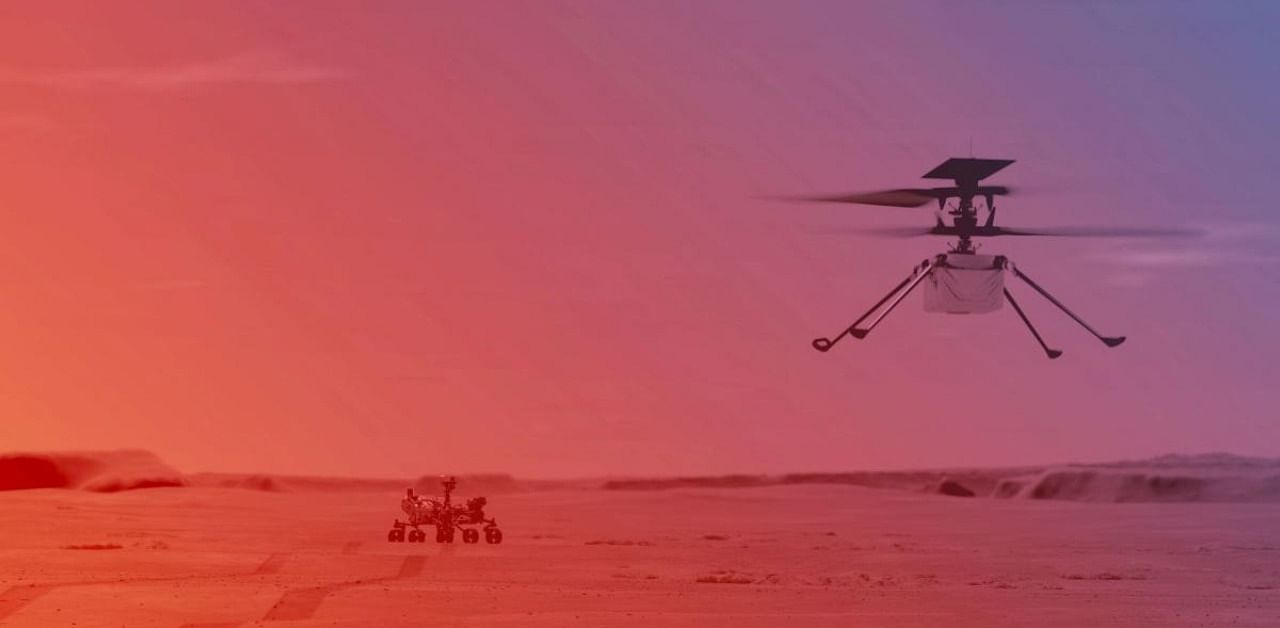
Before heading off to search for signs of long ago Martian microbes, NASA’s Perseverance rover will first undertake what may be the most technologically exciting part of its mission: flying a helicopter.
Packed under the belly of Perseverance, a car-size robotic vehicle that landed on Mars last month, is Ingenuity, a 4-pound minihelicopter intended to demonstrate that flying on another planet is possible.
NASA officials announced on Tuesday that they had selected the site for this demonstration of extraterrestrial hovering — just north of where it landed.
The rover is driving to that location, where it will carefully drop off Ingenuity and then back away to observe the flights. Ingenuity is scheduled to take off no earlier than April 8, although Bob Balaram, the chief engineer of Ingenuity, said that could move up or back by a few days.
“It will have 31 Earth days to attempt to be the first helicopter to fly on another planet,” Lori Glaze, director of NASA’s planetary science division, said on Tuesday.
The body of Ingenuity is about the size of a softball with four spindly legs sticking out. Two sets of blades, each about 4 feet from tip to tip, will spin in opposite directions to generate lift.
Flying on Mars is not a trivial endeavor. There is not much air to push against. At the surface of Mars, the atmosphere is just 1/100th as dense as Earth’s. The lesser gravity — one-third of what you feel here — helps with getting airborne. But taking off from the surface of Mars is comparable to flying at an altitude of 100,000 feet on Earth. No helicopter on our planet has flown that high, and it’s more than twice the typical flying altitude of jetliners.
Since Perseverance’s flawless arrival at Mars on Feb. 18, engineers have been checking out the spacecraft and its instruments. That includes the first few short drives and firing a laser that vaporizes rock and soil to identify chemical elements.
The main science exploration will begin in early summer after the end of the Ingenuity tests.